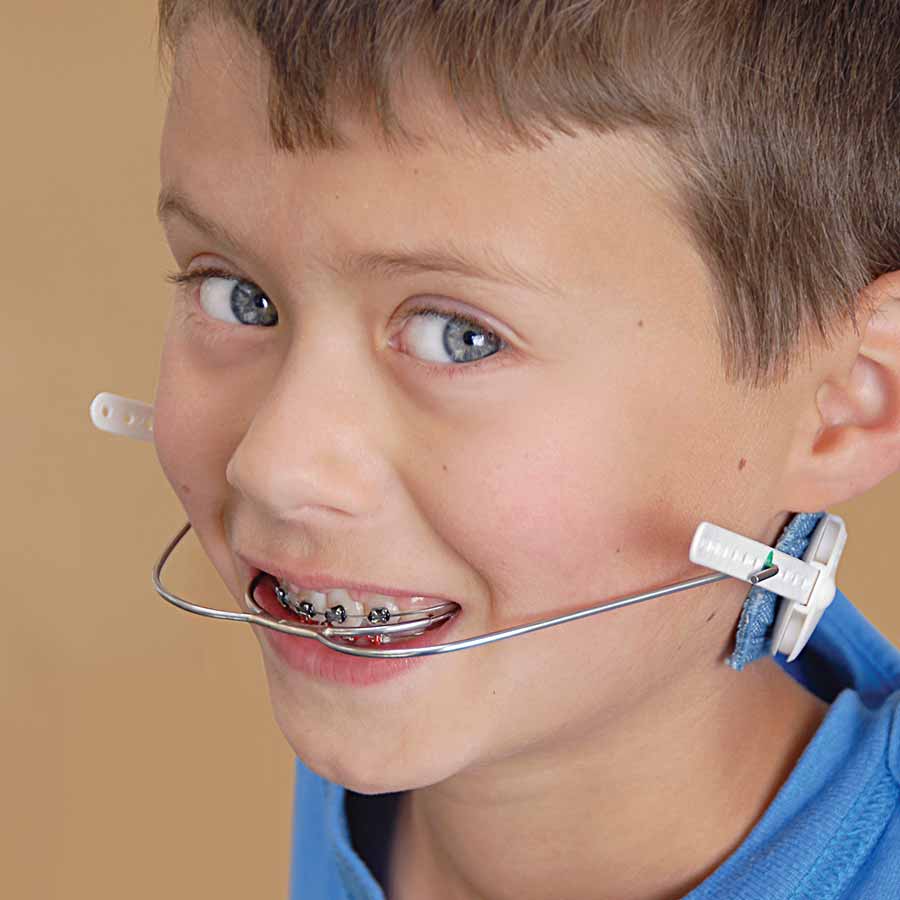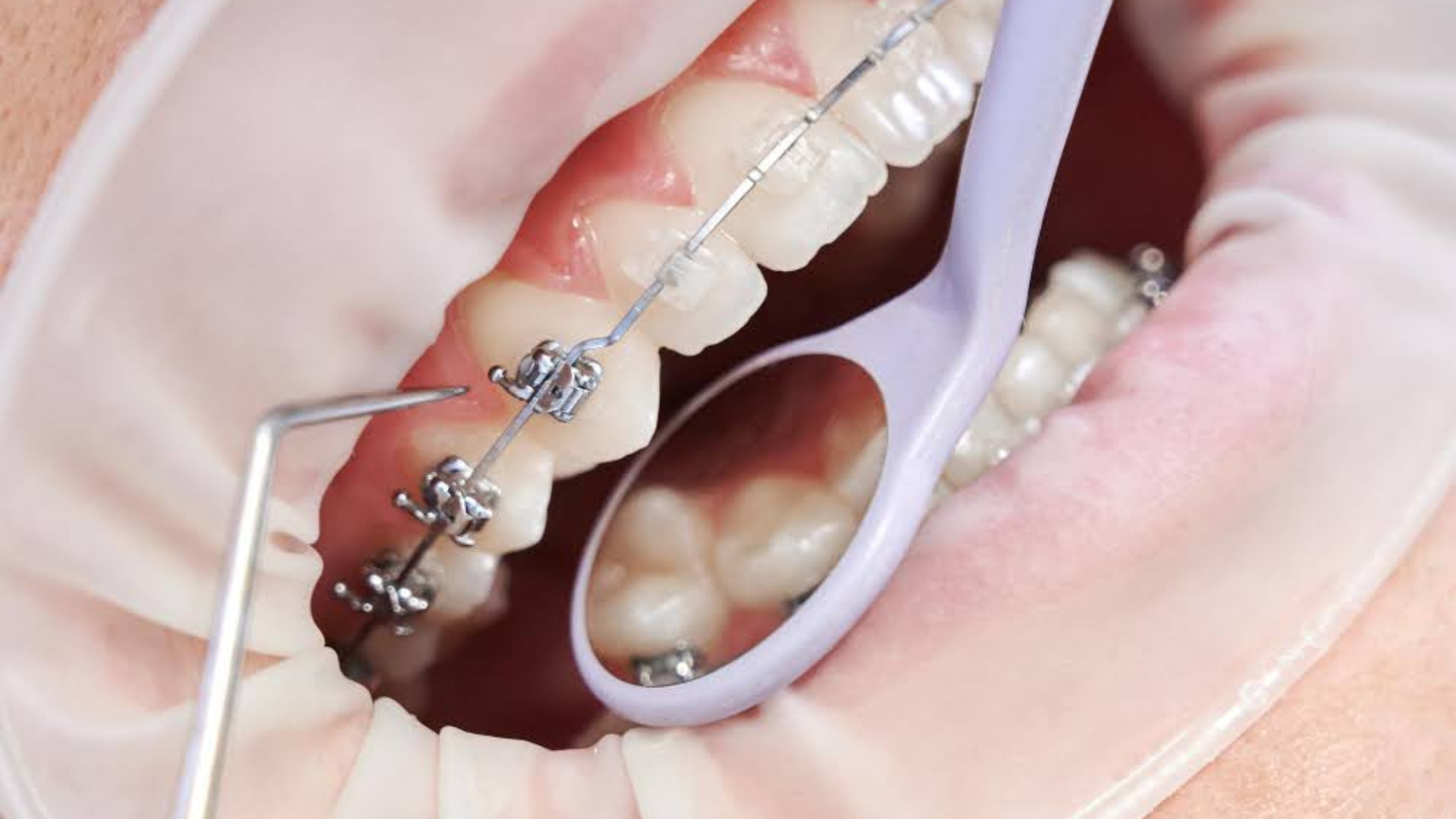Comprehensive Overview to Orthodontics Treatments for Fixing Oral Misalignments
Recognizing the details of each treatment, including their devices, advantages, and prospective disadvantages, is critical in making notified decisions about one's orthodontic treatment. As we navigate with the extensive overview to orthodontic procedures for correcting dental imbalances, the intricate details of each technique will unfold, shedding light on the course towards a harmonious and functional oral placement.
Orthodontic Procedures Introduction

In addition to clear aligners and traditional dental braces, orthodontists may also suggest various other interventions like headgear, palatal expanders, or retainers to attend to details placement issues (invisalign). These procedures are customized per individual's one-of-a-kind demands and may include a combination of therapies to accomplish the desired outcomes. Regular modifications and surveillance are vital components of orthodontic therapy to guarantee progression is on track and to make any kind of required adjustments along the means. By undergoing orthodontic procedures, clients can not just accomplish a straighter grin yet additionally boost their total dental health and wellness and function.
Standard Braces: Exactly How They Work
When thinking about orthodontic treatments for dental misalignments, traditional braces stand out as a time-tested approach for remedying teeth positioning. Traditional dental braces consist of brackets, wires, and bands that work with each other to use constant pressure on the teeth, slowly moving them right into the wanted alignment.
As pressure is used to the teeth with the braces, the bone bordering the teeth is reshaped to sustain the new tooth settings. Clients will need routine changes at the orthodontist's workplace to guarantee the dental braces proceed to apply the correct pressure for effective teeth movement.
Unnoticeable Aligners: Advantages And Disadvantages
Invisible aligners supply a very discreet and convenient option to conventional dental braces for dealing with oral misalignments. These clear, tailor-made trays are virtually unnoticeable when worn, making them an appealing alternative for people looking for an extra aesthetically pleasing orthodontic therapy. Among the main benefits of invisible aligners is their removability, enabling easier maintenance of oral hygiene contrasted to conventional braces. People can eliminate the aligners before consuming or brushing their teeth, lowering the threat of food obtaining embeded the appliance and streamlining the cleaning process.

Surgical Orthodontic Options
Surgical treatments in orthodontics existing practical alternatives for resolving intricate oral imbalances that might not be properly dealt with via traditional orthodontic treatments. While traditional dental braces and unseen aligners can correct numerous orthodontic concerns, specific instances call for medical intervention to achieve optimum outcomes. Surgical orthodontic options are generally suggested for extreme malocclusions, significant jaw disparities, and situations where the underlying bone framework requires adjustment to achieve appropriate positioning.
One typical surgical orthodontic procedure my latest blog post is orthognathic surgical treatment, which entails repositioning the jaws to remedy useful issues such as difficulty talking or eating. This surgery is usually performed in cooperation with an orthodontist that helps straighten the teeth before and after the procedure. Surgical orthodontics may additionally include treatments to subject influenced teeth, remove excess periodontal tissue, or improve the jawbone to develop an extra unified face profile.
Before taking into consideration medical orthodontic alternatives, people undergo a thorough analysis to identify the necessity and prospective advantages of such interventions. aligners. While surgical procedure might appear daunting, it can substantially boost both the feature and aesthetic appeals of the smile in instances where standard orthodontic treatments fail
Retainers and Post-Treatment Care

Failing to abide with post-treatment treatment instructions can result in relapse, where the teeth gradually relocate back towards their initial settings. Consistent retainer wear, excellent oral health, and regular oral check-ups are crucial for preserving the results achieved via orthodontic surgical procedure and guaranteeing the lasting stability of the fixed dental positioning.
Conclusion
In final thought, orthodontic procedures offer various choices for dealing with oral imbalances. Surgical orthodontic options are available for more severe imbalances. Overall, orthodontic procedures can efficiently boost oral health and visual appearance.
As we browse through the thorough guide to orthodontic treatments for correcting oral imbalances, the complex details of each technique will certainly unfold, losing light on the path towards a harmonious and useful oral alignment. - cumming orthodontist
One of the most typical orthodontic therapies is the usage of braces, which are composed of steel brackets and cables that use mild stress to gradually change best site teeth into the preferred position.When visit here thinking about orthodontic treatments for dental imbalances, traditional dental braces stand out as a tried and true method for dealing with teeth positioning. In addition, unseen aligners may not be suitable for complex orthodontic issues that need more significant teeth motion, as they are typically advised for light to moderate cases. Retainers are custom-made orthodontic tools developed to hold teeth in their remedied settings after the completion of orthodontic treatment.